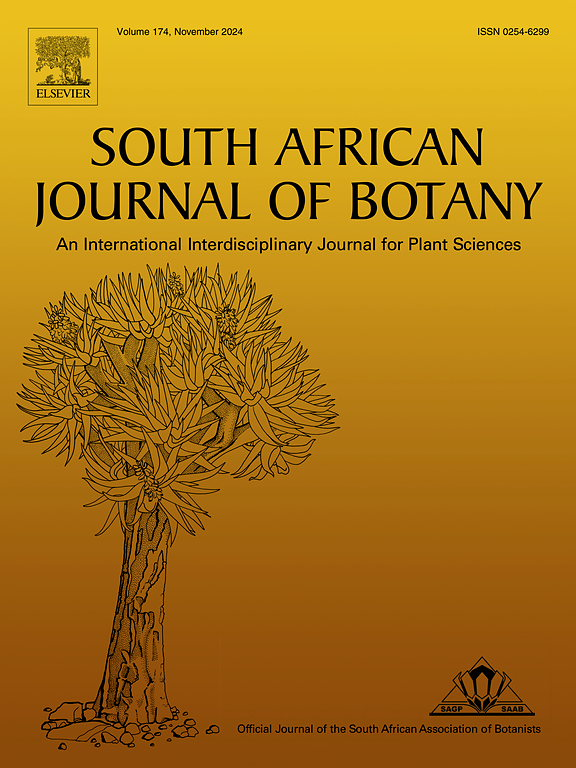Insights into genes and pathways regulating abiotic stress in Oryza sativa L.: A comprehensive transcriptome analysis
IF 2.7
3区 生物学
Q2 PLANT SCIENCES
引用次数: 0
Abstract
Rice is the model plant for monocotyledon genomics research. It is a prominent staple food crop worldwide. Its productivity, however, is greatly impacted by the challenges caused by unfavourable environmental conditions. It is intriguing to note that the impacts of these stresses vary depending on the developmental stage, with seedling and reproductive phases being more vulnerable than tillering and grain filling stages. Understanding the molecular responses of rice to abiotic stressors is paramount, and transcriptome analysis emerges as a potent tool for deciphering these complex biochemical reactions. This review delves into the comprehensive transcriptome analysis of genes expressed during various stress conditions, shedding light on the regulatory networks and genes with differential expression underlying stress adaptation. Continued advancements in sequencing technologies and computational resources hold promise for further elucidating plant responses to abiotic stresses. Unraveling the molecular intricacies of these responses is pivotal for developing stress-tolerant crops through targeted breeding and genetic engineering techniques. Highlighting a myriad of challenges faced by rice plants—ranging from salt, drought, heat, cold, flooding, to nutritional deficiencies—the review underscores how these adversities orchestrate intricate changes in gene expression. As our understanding of the transcriptomic landscape expands, this review emphasizes the potential for harnessing these insights to ensure global food security amidst evolving environmental conditions, thereby laying the foundation for future research endeavors.
求助全文
约1分钟内获得全文
求助全文
来源期刊

South African Journal of Botany
生物-植物科学
CiteScore
5.20
自引率
9.70%
发文量
709
审稿时长
61 days
期刊介绍:
The South African Journal of Botany publishes original papers that deal with the classification, biodiversity, morphology, physiology, molecular biology, ecology, biotechnology, ethnobotany and other botanically related aspects of species that are of importance to southern Africa. Manuscripts dealing with significant new findings on other species of the world and general botanical principles will also be considered and are encouraged.
 求助内容:
求助内容: 应助结果提醒方式:
应助结果提醒方式:


